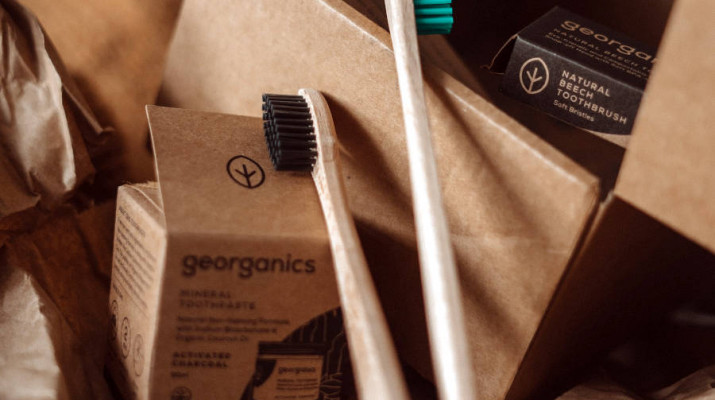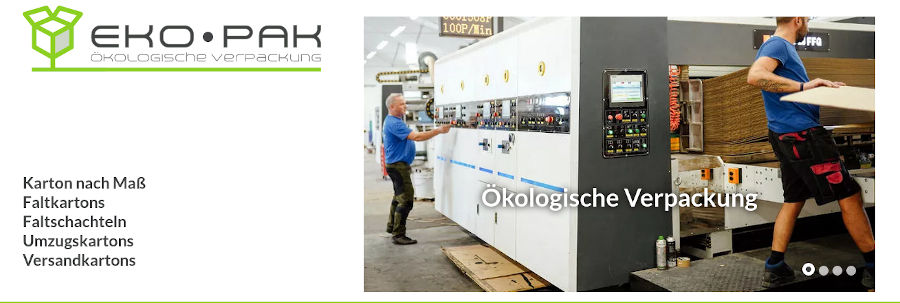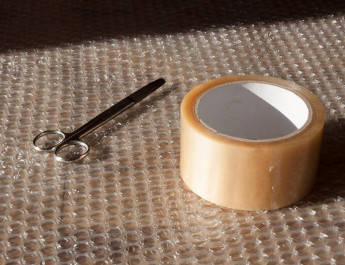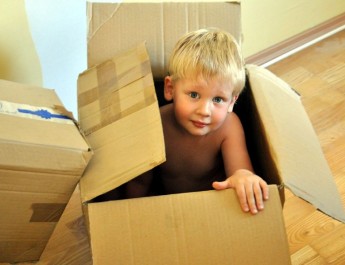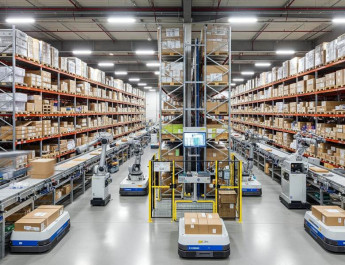Introduction
In today’s world, where environmental concerns are paramount, finding sustainable and eco-friendly solutions is crucial. Packaging materials play a significant role in our daily lives, and their impact on the environment cannot be overlooked. Among the various packaging options available, corrugated cardboard boxes have emerged as a sustainable choice that offers numerous environmental benefits. In this article, we will explore the ecological advantages of corrugated cardboard boxes as packaging solutions and delve into why they are an excellent choice for a greener future.
Renewable and Recyclable Material
Corrugated cardboard boxes are made primarily from paper pulp derived from trees, which are a renewable resource. Sustainable forestry practices ensure that the trees used for pulp production are responsibly harvested, minimizing the impact on forest ecosystems. Additionally, many cardboard manufacturers are committed to replanting trees to maintain the balance of the environment.
One of the most significant advantages of corrugated cardboard is its recyclability. Recycling facilities are readily available in many parts of the world, making it easier to divert used cardboard from landfills. The recycling process involves breaking down the cardboard into fibers, which are then used to produce new paper products. By recycling corrugated cardboard boxes, we can reduce the demand for virgin materials, conserve energy, and decrease greenhouse gas emissions.
Lightweight and Efficient
Corrugated cardboard boxes are lightweight yet durable, making them an efficient choice for packaging. Their lightweight nature helps reduce transportation costs and fuel consumption during shipping. The lighter the packaging, the lower the carbon emissions associated with transportation.
Moreover, the unique structure of corrugated cardboard provides excellent cushioning and shock absorption properties. This allows for the safe transportation of fragile items, reducing the risk of damage and minimizing the need for additional protective materials.
Biodegradable and Compostable
When corrugated cardboard boxes are disposed of in landfills, they naturally decompose over time. Unlike plastic packaging, which can take hundreds of years to break down, cardboard boxes biodegrade relatively quickly, returning to the soil as organic matter. This process contributes to the nutrient cycle and minimizes waste accumulation in landfills.
Furthermore, corrugated cardboard boxes can be composted, adding value to organic waste management systems. When shredded and mixed with other organic materials, cardboard acts as a carbon-rich “brown” component in compost piles. As it decomposes, it releases nutrients into the compost, enriching the soil and promoting healthy plant growth.
Energy-Efficient Production
The manufacturing process of corrugated cardboard boxes is energy-efficient compared to other packaging materials. The production involves several stages, including pulping, corrugating, and cutting, which require less energy compared to the production of plastic or metal packaging. The use of renewable energy sources, such as wind or solar power, further reduces the carbon footprint of the manufacturing process.
Additionally, advancements in technology and production techniques have led to increased efficiency in cardboard manufacturing. Recycling of old cardboard reduces the need for virgin materials and saves energy that would otherwise be required to produce new paper pulp.
Versatile and Customizable
Corrugated cardboard boxes offer versatility and customization options, making them suitable for a wide range of packaging needs. They can be easily resized, folded, and shaped into various forms, allowing for efficient use of space during transportation and storage. This flexibility not only optimizes logistical operations but also reduces the overall material required for packaging.
Furthermore, corrugated cardboard boxes can be printed with water-based inks, which are more environmentally friendly than solvent-based inks commonly used for other packaging materials. This allows for creative branding and informative labeling on the packaging, promoting sustainable practices and raising awareness among consumers.
Conclusion
Corrugated cardboard boxes have emerged as a leading ecological packaging solution in today’s environmentally conscious world. Their renewable and recyclable nature, lightweight efficiency, biodegradability, energy-efficient production, and versatility make them an excellent choice for businesses and consumers alike.
By opting for corrugated cardboard boxes, we can reduce our reliance on non-renewable resources, minimize waste, and lower carbon emissions. Embracing sustainable packaging options like corrugated cardboard contributes to the preservation of our planet’s resources and promotes a greener future for generations to come. It is time for businesses and individuals to make the switch to eco-friendly packaging and embrace the positive environmental impact of corrugated cardboard boxes.
